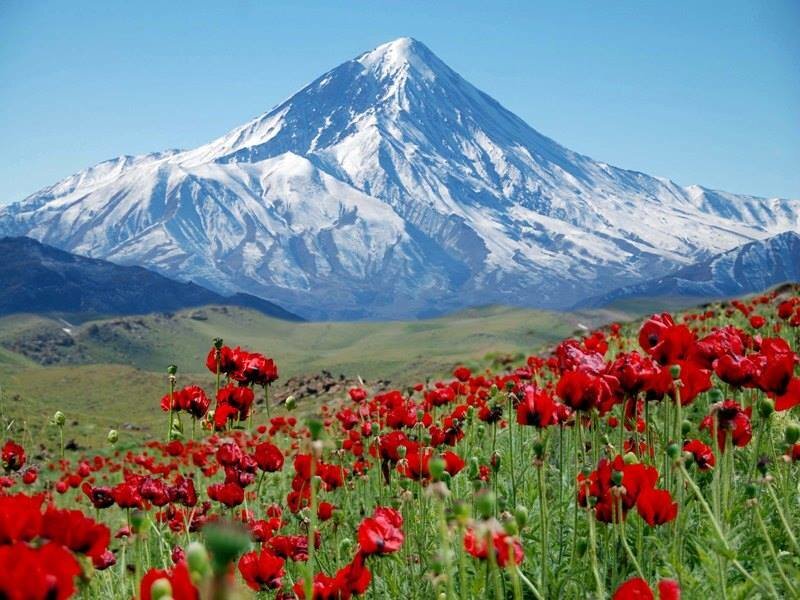Mountains' valuable functions make their preservation essential

TEHRAN – Mountains are home to 15 percent of the world´s population and a quarter of the world’s land animals and plants, they provide fresh water to half of humanity, so their conservation is critical for sustainable development.
Due to the precious metals and stones, coal, and other raw materials hidden in the mountains, they have always been encroached on by humans; also due to agricultural lands which are used for forage production, herbs, livestock breeding, production of meat, dairy and all kinds of food.
Unfortunately, mountains are under threat from climate change and overexploitation, and Damavand is no exception. As one of the prominent mountains of the country and the world, it is grappling with many challenges.
Mount Damavand, a potentially active volcano 5600-m high, is a stratovolcano that is the highest peak in Iran and the highest volcano in Asia, which is a significant mountain in Persian mythology and folklore; it is the symbol of Iranian resistance against despotism and foreign rule in Persian poetry and literature.
Located in the middle of the Alborz range, near the southern coast of the Caspian Sea, in Amol County, Mazandaran province, mount Damavand is the 12th most prominent peak in the world and the second most prominent in Asia after Mount Everest. It is part of the Volcanic Seven Summits mountaineering challenge.
Considering the significance of the mountain, In the Iranian year 1381 (2002 –2003), environmentalists named July 4 Damavand Day to highlight the importance of the iconic mountain in preserving the valuable biodiversity of the region.
It is home to a diverse collection of wildlife, including goats, rams, and sheep. However, with the presence of large numbers of livestock in the pasture and human-induced activities, their habitat is moving closer to the peak of the mountain where food scarcity is endangering these species.
In addition to animal overgrazing, ranchers also use valuable plants as fuels to make food which further contributes to the degradation of the mountain’s ecosystem, ISNA quoted Abbas Mohammadi, an official with the Department of Environment, as saying.
Other challenges faced by the mountain include road construction, high tourist traffic flow, poor mining, land-use changes, and construction.
“Establishing visitor limits, limiting the expansion of hiking trails and walking on designated paths, encouraging people to keep the mountain clean, and requiring them to collect their garbage are among the important measures to be taken to mitigate the negative impact of human activities,” Mohammadi stressed.
Leave a Comment